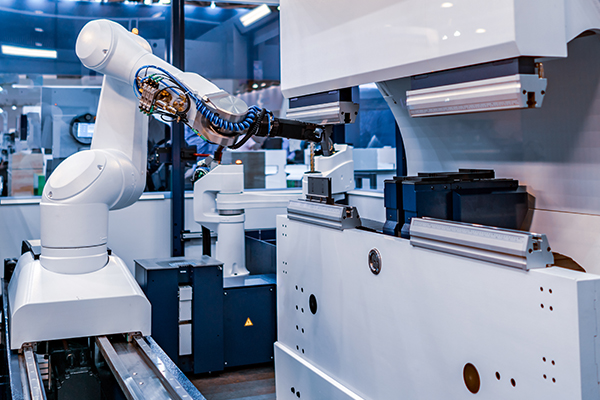The multi-axis cylinder is an integrated pneumatic actuator whose core feature is that it can provide independent or compound motion output in two or more axes. It integrates multiple degrees of freedom of motion into a single compact cylinder structure through precise internal mechanical structure design. This design is designed to solve application scenarios with limited space or complex motion trajectories, and can achieve precise linear displacement and posture adjustment in a limited space.
Different from the standard single-axis cylinder, the multi-axis cylinder usually contains multiple piston chambers and matching guide mechanisms, and the motion path of each axis is realized by a specific mechanical coupling or decoupling method. The focus of its structural design is to ensure the relative position accuracy, structural rigidity and synergy or independence between the motion axes, so as to meet the control requirements of position, angle or compound motion in specific application requirements.
In essence, the multi-axis cylinder represents a special variant of the development of pneumatic actuators towards higher integration and functionality, providing a compact pneumatic solution for automation tasks that require multi-directional, multi-degree-of-freedom precise point control or posture adjustment.


